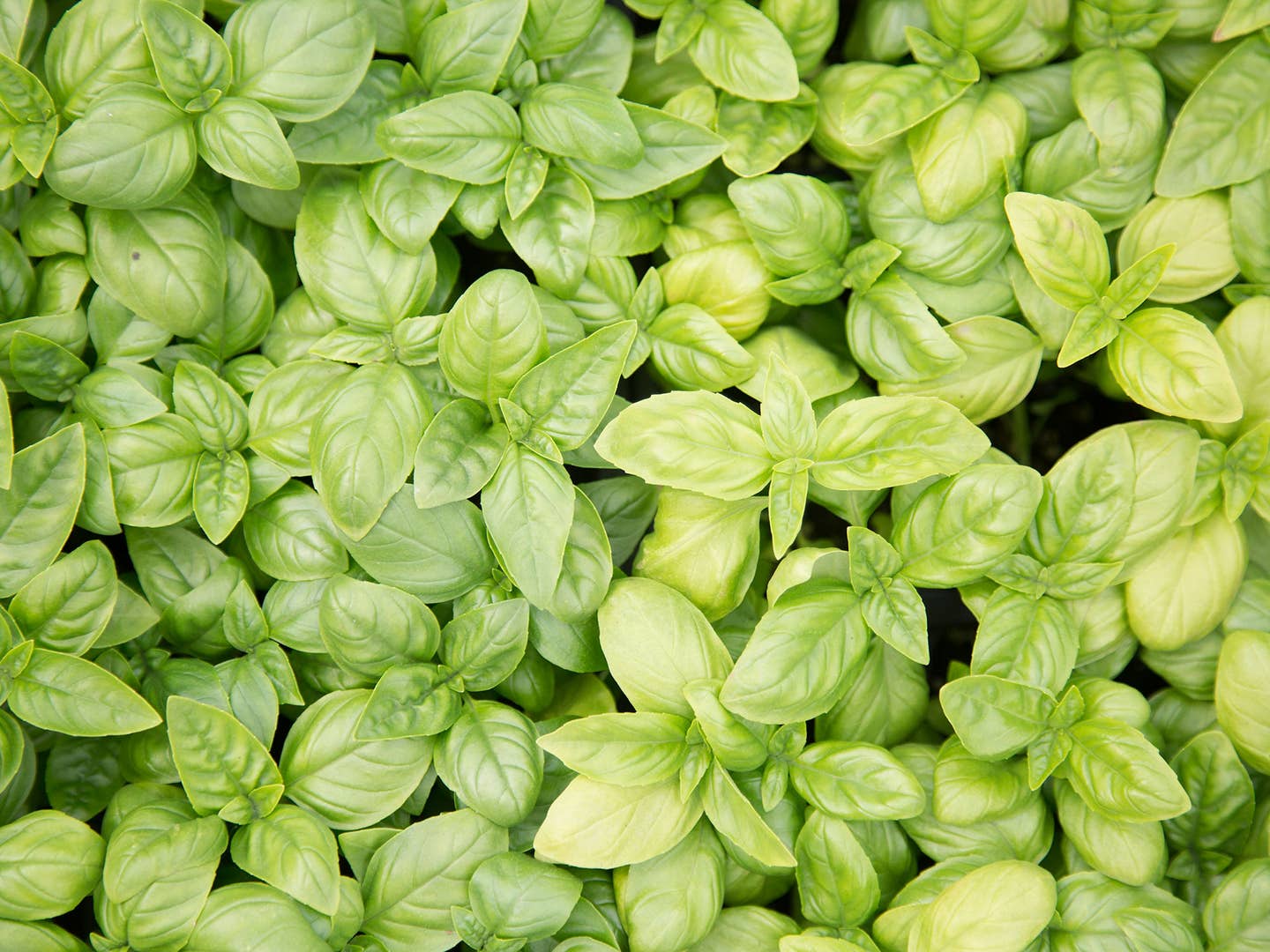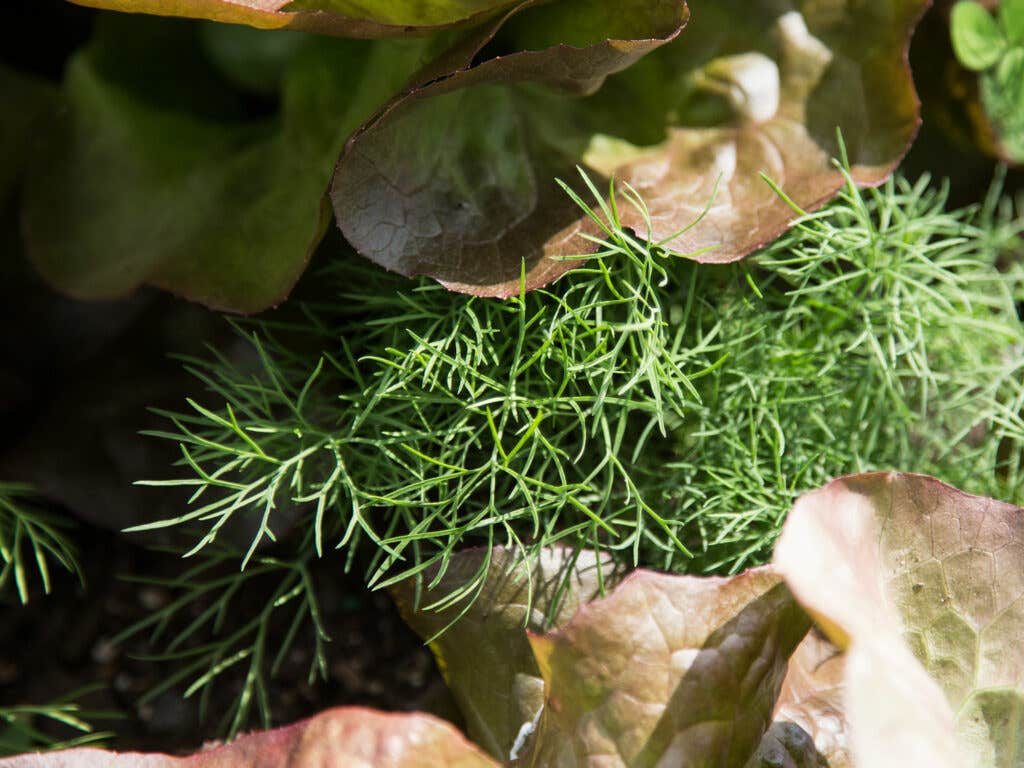
Building A Garden: Why Growing Herbs is Easy
Self-sufficient and never needy, herbs are the least destructible edible
“Herbs are the unsung heroes of the garden,” says Shawn Connell of GrowNYC as we stand in the organization’s teaching garden on Governors Island in New York City. It’s (finally) warm—seeds have germinated, leaves have grown, it’s starting to look like a real garden out here in New York Harbor—and the herbs are some of the first things that appear ready to be pick.
“They require a lot less care,” Shawn continues. “They’re self-sufficient, resilient, and hearty. They don’t have a lot of needs.” Herbs are that kid you raised REALLY REALLY well and who does 15 extra-curriculars on her own; that boyfriend who never really needs to hear “I love you;” the cat who disappears for days just doing her own thing.
Most herbs are perennials, which means once they are all settled into the soil, they’re there for good. Over the winter they’ll appear shrunken and dead, but come spring they’ll come back on their own (one notable exception is basil, which is like the youngest child who needs to be babied a bit—more on that later).

You can start herbs either by seed or by transplant (or even from a clipping, but as Shawn explains that process to me, I realize that newbies like me should stick to the first two options). And once they are in, they don’t need to be watered as much as vegetables do—just a couple of times per week, according to Shawn. The best thing about herbs is that because the part you pick is the leaf (and not the root or the fruit), they are the gifts that keep on giving throughout the summer: their leaves keep coming back.
Shawn gives me a tour of his herbs: Sage, creeping thyme, Greek oregano (“the most oregano-smelling of the oreganos”). To optimize their yield, the key is to pick the leaves in a way that encourages them to bush out. Don’t just snap leaves off of herbs; instead, take scissors and cut one node down (where you see smaller buds) from the mature leaves, thus cutting the plant at a place that is still growing, allowing new growth to replace what you cut. Simply pulling off the mature leaves doesn’t encourage the plant to replenish itself.
Some trickier herbs require special care: Shawn recommends planting mint in its own planter because it has a tendency to take over an herb garden. Rosemary, especially when it is young, can be sensitive to the cold, so Shawn says you should plant it in a pot that you can bring in over the winter. Shawn also grows stevia, and as I eat a shockingly sweet leaf, he explains that it’s more of a fall herb—the heat can make it bitter.
And then there’s sweet basil. Unlike most of its herb friends, it’s a one-and-done annual. It also needs a lot of water, lots of sun, and can be very delicate. It has a tendency to flower (and once it flowers, it will stop producing its delicious leaves), so you have to be vigilant and pinch off the flower buds as soon as you see them. But Shawn believes that sweet basil has a little magic up its sleeve, too: He always grows it with his tomatoes because he thinks the basil keeps the tomatoes blight-free—though he has no idea how or why. “Every gardener has his theories,” Shawn says. “And that’s one of mine.”
Missed the last installment of Building a Garden? Read all about growing your own tomatoes here.
Keep Reading
Continue to Next Story










